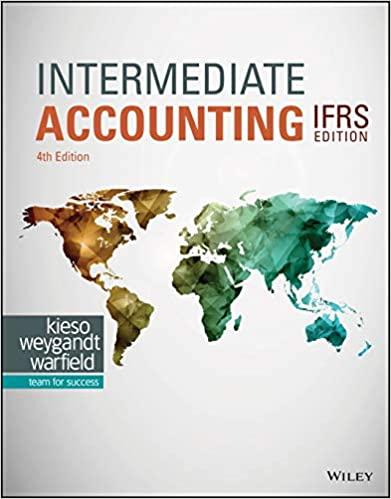

Cournot and Betrand equilibria:
1. In the town of Middleofnowhere there are only two farmers and they are the only producers of milk. The local demand for milk is given by (P denotes price measured in cents, Q denotes the total quantity measured in cartons): P = 2000 - 2Q. Both farmers have the same cost function given by (C is total cost measured in cents and q is output measured in cartons): C = 80,000 + 560 q. (a) Calculate and draw the reaction (or best reply) function of firm 1 (that is, calculate the profit-maximizing output of firm 1 for every possible output of firm 2). Do the same for firm 2. (b) Calculate the Cournot-Nash equilibrium (give the output of each firm, the total output, the price and the profit of each firm). (c) Compare social welfare (profits + consumer surplus) at the Cournot-Nash equilibrium with the social welfare that would result if there were only one firm in the industry (with the same cost function as above). How do you explain the result?4. Consider the case of two firms producing a homogeneous product and competing in prices. Each firm has a constant marginal cost equal to $0.75. The demand function is D(p) = 100 -p (p is price in dollars) Firms can only charge prices that correspond to denominations of U.S. currency without 1 cent coins, so that the smallest difference between two prices is 5 cents (e.g. 10.05, i.e. 10 dollars and 5 cents is an allowed price, while 3.06 is not). When prices are equal, each firm gets exactly one half of the total demand. Find all the Nash equilibria of this duopoly game.2. Consider an industry where there are only two firms (a duopoly). The industry demand function is given by Q = 100--P (where P is price and Q is total quantity). Both 3 firms have the following total cost function (where q denotes output): TC = 150 + 2q. Competition is Cournot style (each firm independently chooses its own output level) (a) Write down the profit function of each firm. (b) Calculate the reaction function of firm 1. (c) What output should firm 1 produce if it expects its rival to produce 20 units? (d) Find the Cournot-Nash equilibrium.3. There are n firms. Production costs are zero for each firm. Each firm chooses the quantity it produces, denoted by qi. Let Q be total industry output, i.e. 0 = q/ + 92 + ... + qn- The price at which the good is sold is given by the inverse demand function P =e Each firm wants to maximize profits. (a) Write down the payoff (profit) function of firm i (i=1,...,n). (b) Consider first the case where n = 2. Draw the reaction curves of both firms and calculate the Cournot-Nash equilibrium. (c) Consider now the general case where n is any positive integer greater than or equal to two. Calculate the Cournot-Nash equilibrium and the corresponding price and industry output. What happens to these variables when the number of firms increases? (i.e. what happens when n -> co ?)












